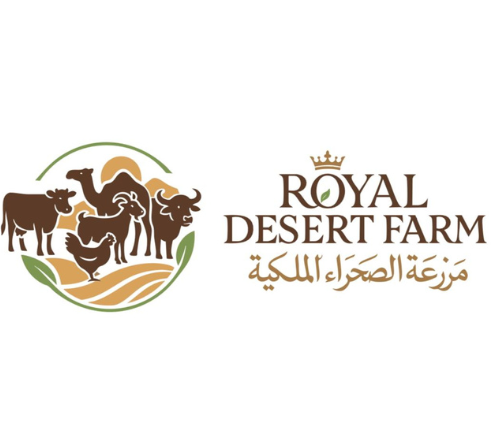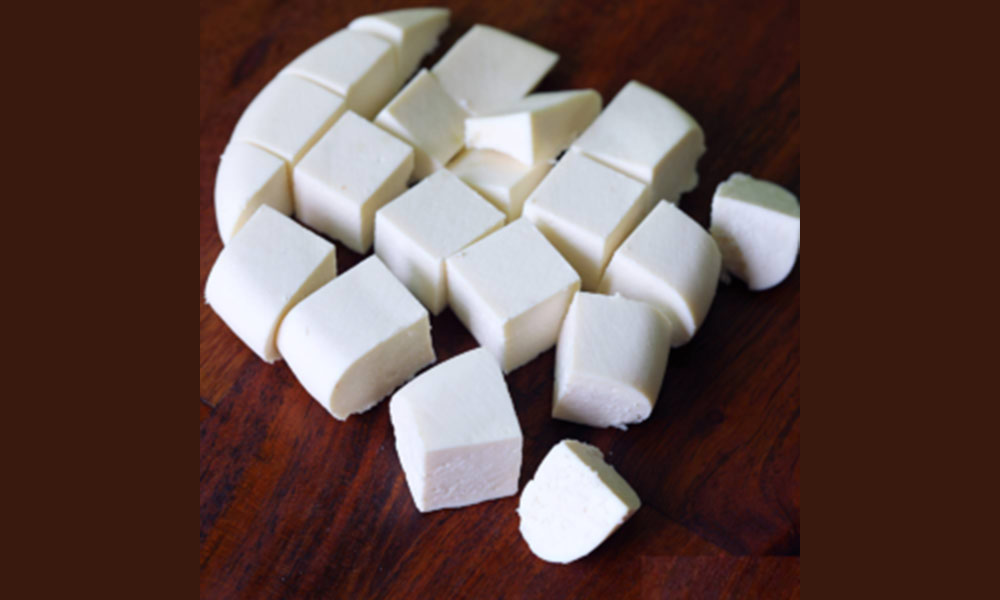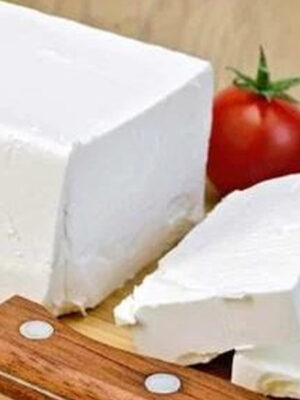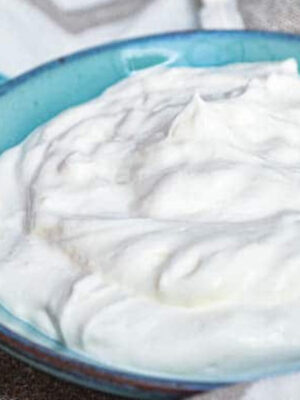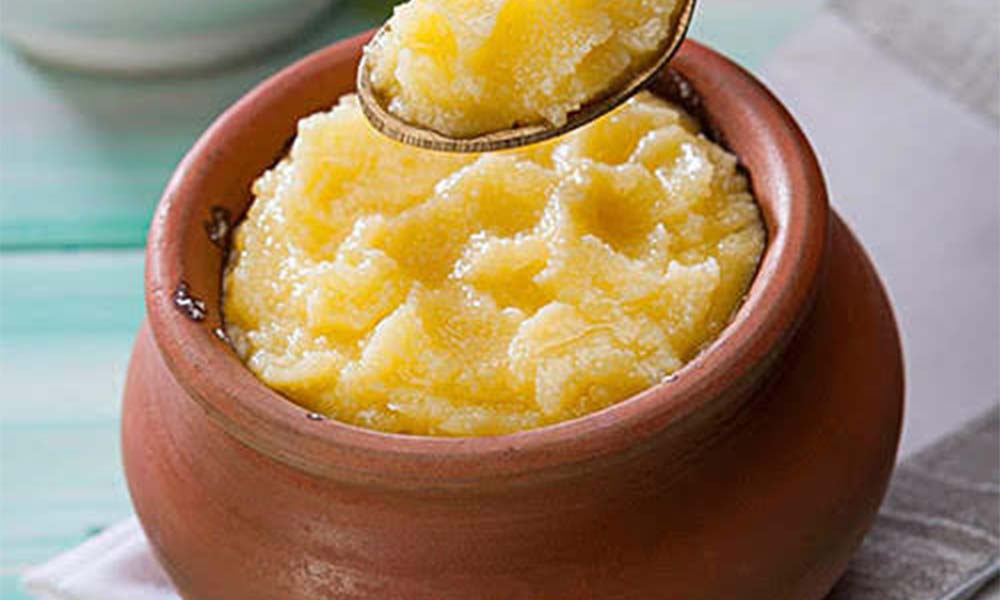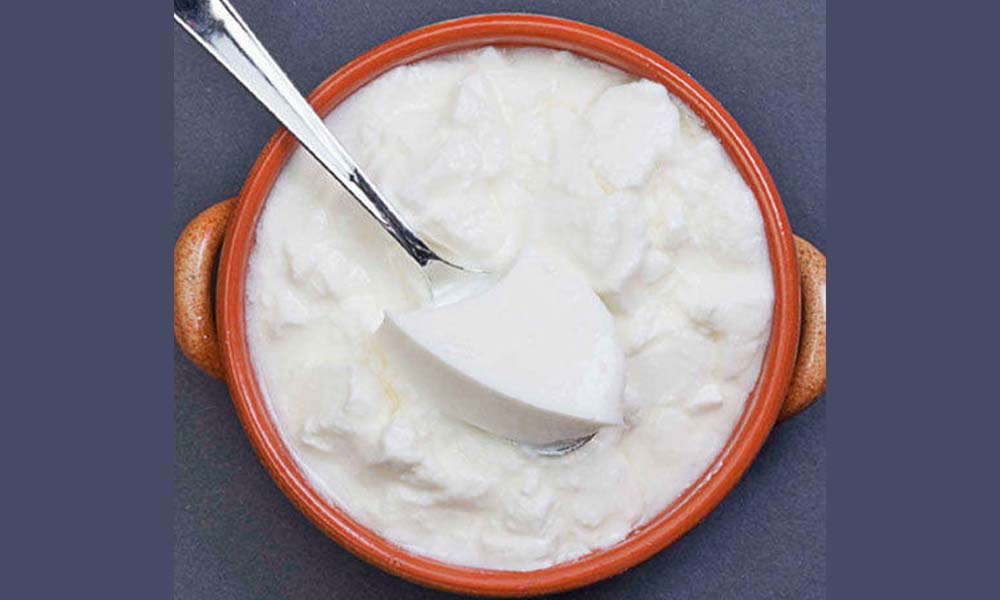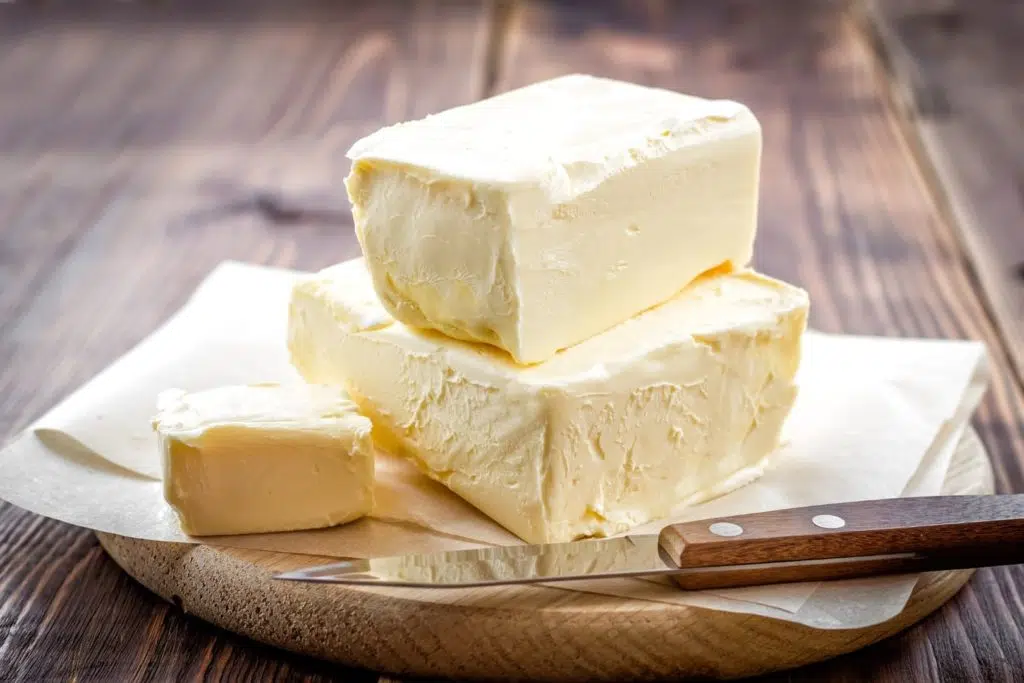Paneer Cottage cheese Dubai, Abu Dhabi, Sharjah, Ajman, Al Ain, RAK, Fujairah, Umm Al Quwain – now available across UAE. Whether you’re looking for organic Paneer Cottage cheese delivery, buy fresh Paneer Cottage cheese near you, or high-quality Paneer Cottage cheese in any of these cities, you’re in the right place.
INTRODUCTION:
Paneer is made by curdling milk with a food acid, usually lemon juice, vinegar, or citric acid. The curds are then drained of their whey, traditionally by hanging them in a muslin cloth, and pressed into a block. Paneer is a fresh cheese, so it does not need to be aged.
NUTRITIONAL VALUE:
It is a rich source of calcium and phosphorus that are essential for the growth and maintenance of bones and teeth. With its versatility, mild flavor and long history. It has a high nutritional profile as it retains about 90% of the fat and protein, 50% of the minerals, and 10% of the lactose of the original milk.
USAGE:
Paneer is a true delicacy of the subcontinent – and it is not only great for Indian dishes, but can also be used in many recipes. It is often used as a filling for flatbreads or cooked in gravy and is included in curries, salads, and sandwiches. Paneer is the perfect meat substitute for vegetarians.
STORAGE:
Fresh paneer has a delicate texture, and freezing can make it crumbly or rubbery. When storing paneer in the refrigerator, wrap it in a clean cheese cloth or muslin cloth. Always store it in an air-tight container with water.
Keywords (click to expand)
Paneer Cottage cheese in Dubai, Premium quality available in Dubai, Fresh delivery across Dubai, Trusted supplier near you – Dubai, Order now with fast delivery in Dubai, Our traditional product available in Dubai, Enjoy fresh delivery of this item in Dubai, Looking for freshness in Dubai? Try this now,
Paneer Cottage cheese in Abu Dhabi, Premium quality available in Abu Dhabi, Fresh delivery across Abu Dhabi, Trusted supplier near you – Abu Dhabi, Order now with fast delivery in Abu Dhabi, Our traditional product available in Abu Dhabi, Enjoy fresh delivery of this item in Abu Dhabi, Looking for freshness in Abu Dhabi? Try this now,
Paneer Cottage cheese in Sharjah, Premium quality available in Sharjah, Fresh delivery across Sharjah, Trusted supplier near you – Sharjah, Order now with fast delivery in Sharjah, Our traditional product available in Sharjah, Enjoy fresh delivery of this item in Sharjah, Looking for freshness in Sharjah? Try this now,
Paneer Cottage cheese in Ajman, Premium quality available in Ajman, Fresh delivery across Ajman, Trusted supplier near you – Ajman, Order now with fast delivery in Ajman, Our traditional product available in Ajman, Enjoy fresh delivery of this item in Ajman, Looking for freshness in Ajman? Try this now,
Paneer Cottage cheese in Al Ain, Premium quality available in Al Ain, Fresh delivery across Al Ain, Trusted supplier near you – Al Ain, Order now with fast delivery in Al Ain, Our traditional product available in Al Ain, Enjoy fresh delivery of this item in Al Ain, Looking for freshness in Al Ain? Try this now,
Paneer Cottage cheese in RAK, Premium quality available in RAK, Fresh delivery across RAK, Trusted supplier near you – RAK, Order now with fast delivery in RAK, Our traditional product available in RAK, Enjoy fresh delivery of this item in RAK, Looking for freshness in RAK? Try this now,
Paneer Cottage cheese in Fujairah, Premium quality available in Fujairah, Fresh delivery across Fujairah, Trusted supplier near you – Fujairah, Order now with fast delivery in Fujairah, Our traditional product available in Fujairah, Enjoy fresh delivery of this item in Fujairah, Looking for freshness in Fujairah? Try this now,
Paneer Cottage cheese in Umm Al Quwain, Premium quality available in Umm Al Quwain, Fresh delivery across Umm Al Quwain, Trusted supplier near you – Umm Al Quwain, Order now with fast delivery in Umm Al Quwain, Our traditional product available in Umm Al Quwain, Enjoy fresh delivery of this item in Umm Al Quwain, Looking for freshness in Umm Al Quwain? Try this now
